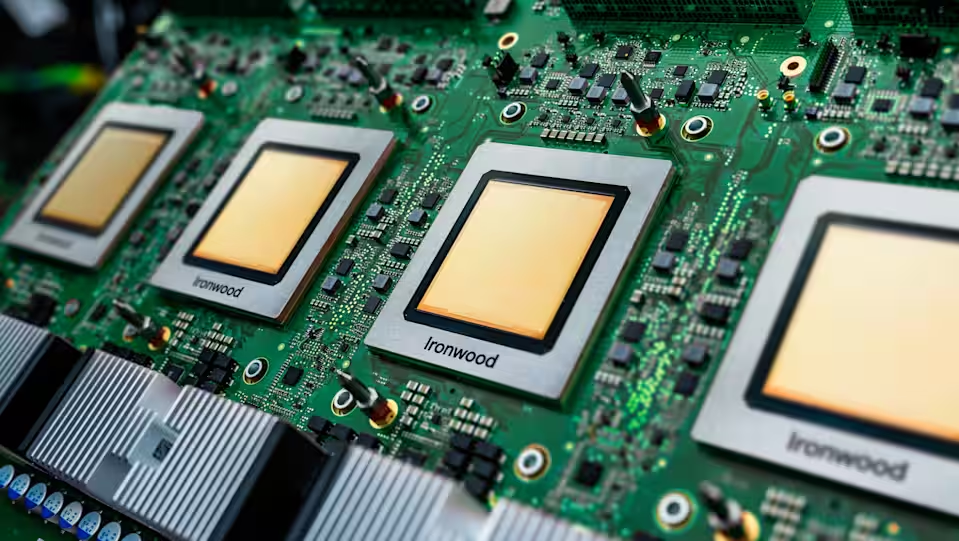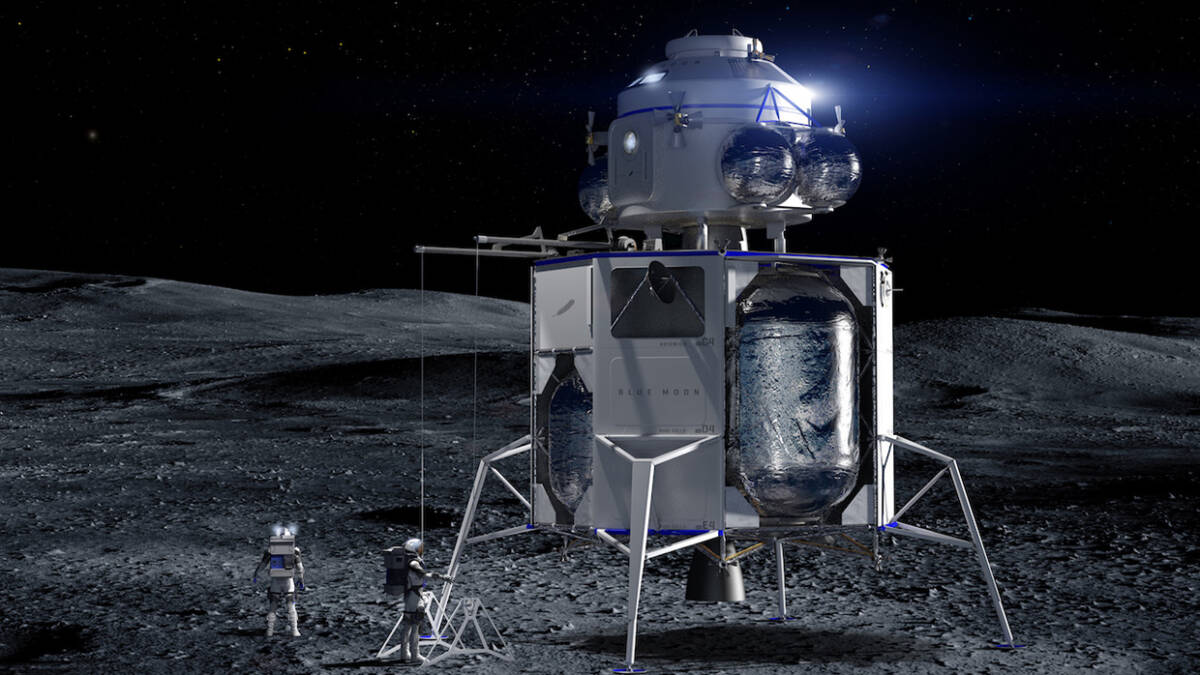Google wants to take artificial intelligence into space with Project Suncatcher

Putting artificial intelligence in space sounds like the plot of a sci-fi movie, but that’s exactly what Google is thinking about with its Suncatcher project. The company is exploring the possibility of moving energy-intensive data centers into orbit where they can run on solar power. This would provide them with a clean and virtually unlimited source of power, available around the clock, and reduce the environmental impact of running ground-based data centers.
The Suncatcher project involves installing Google’s artificial intelligence task processing chips, Tensor Processing Units (TPUs), on satellites with solar panels. According to the company’s senior director Travis Beals, space may be the best place to scale AI computing in the future. In orbit, solar panels can produce eight times more power than on Earth and provide nearly continuous power, reducing the need for batteries.
Solar panels can produce up to eight times more power than on Earth and provide nearly continuous power, reducing the need for batteries.
There are a number of challenges to realizing the project, however. High levels of radiation in space can damage electronic components, but Google says its current TPUs have been tested for radiation resistance and will be able to operate for five years without serious damage.

Another challenge is the need to transmit data at high speeds. Such systems will require communications with a bandwidth of tens of terabits per second and minimal latency. This is difficult to accomplish in space, as long-distance data transmission requires significantly more power. Google is considering placing satellites a short distance apart — within a few kilometers. Such a solution could not only increase the speed of data exchange, but also reduce the cost of maintaining orbit.
The key factor remains cost. At first glance, launching chips into space seems extremely expensive, but Google estimates that by the mid-2030s, this approach could be comparable in efficiency and cost to traditional data centers on Earth.








